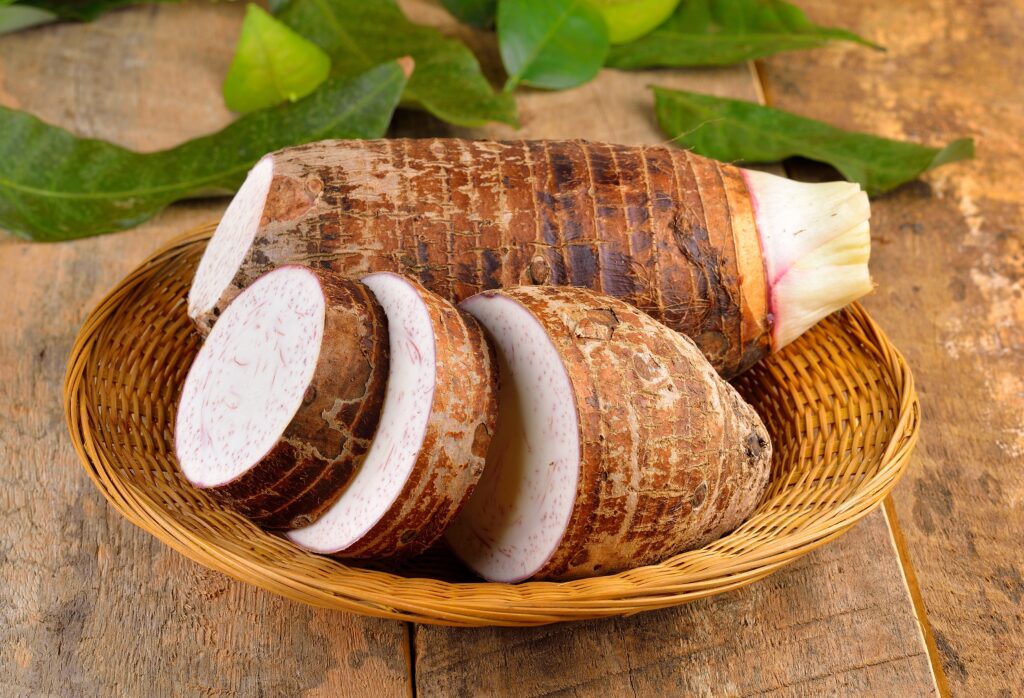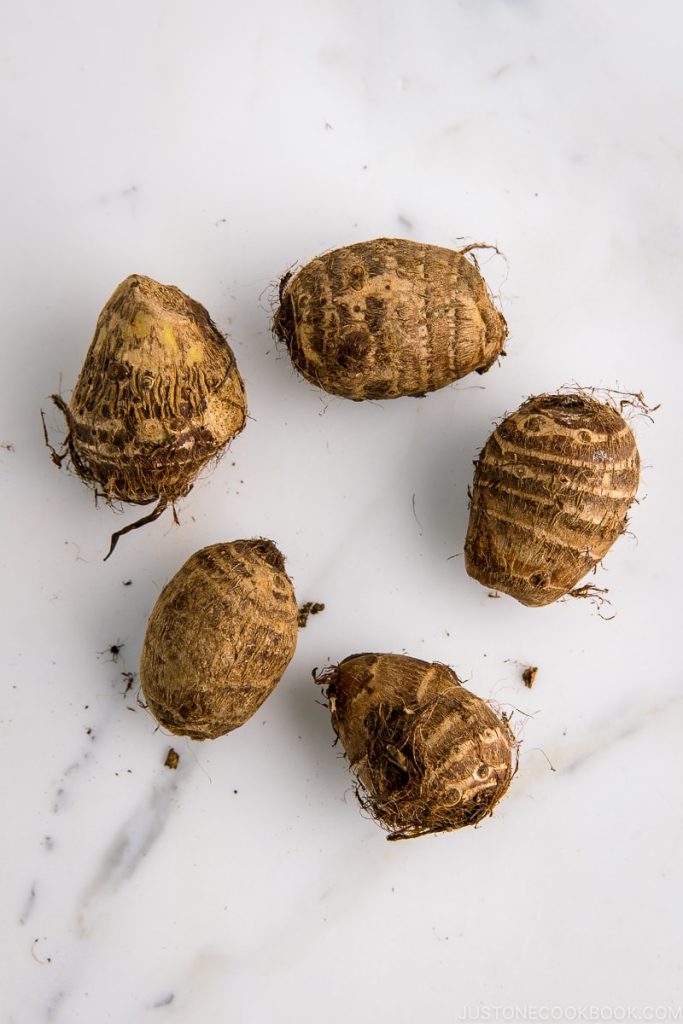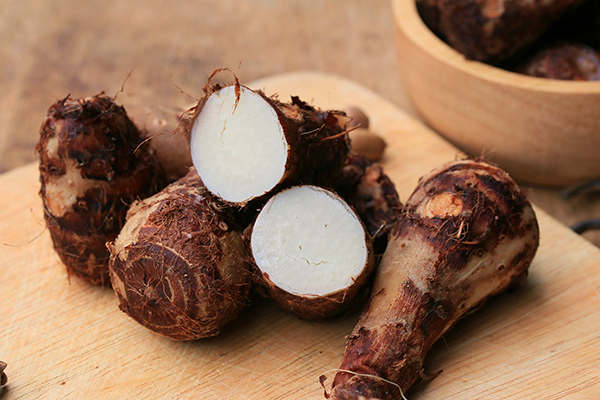Taro Root:
Taro root is a starchy tuber widely used in various cuisines around the world, known for its unique flavor and versatility. It is known by different names in different languages and regions. In Urdu, it is commonly referred to as (pronounced as “Arwi”).
Disadvantages of Taro Root:
High in Oxalates: Taro root contains oxalates, which can contribute to the formation of kidney stones in susceptible individuals. People with a history of kidney stones may need to limit their consumption.
Benefits and Side Effects of Taro Root:
Benefits:
Nutrient-Rich: Taro root is a good source of dietary fiber, vitamins, and minerals, including vitamin A, vitamin C, potassium, and magnesium.
Digestive Health: The fiber in taro root can aid in digestion and promote gut health.
Energy: It provides complex carbohydrates, offering sustained energy.
Versatility: Taro root can be used in a variety of dishes, from savory to sweet, in cuisines around the world.
Side Effects:
Oxalate Content: As mentioned earlier, taro root contains oxalates, which can lead to kidney stone formation in some individuals.
Taro Root Calories and Nutrition:
Taro root is relatively low in calories, with approximately 140 calories per 100 grams. It is a good source of carbohydrates and fiber, and it contains various vitamins and minerals, including vitamin E, B vitamins, and minerals like calcium, iron, and zinc.

Taro Root Benefits for Hair:
Taro root is not typically associated with direct benefits for hair. Its nutritional content may indirectly support overall health, which can have a positive impact on hair quality.
Taro Root Recipes:
Taro root can be used in various recipes, such as taro chips, taro curry, taro fries, and taro desserts. The preparation method varies depending on the dish and regional cuisine.
Taro Taste and Pronunciation:
Taro root has a mildly nutty and slightly sweet flavor. It is often described as having a taste that falls somewhere between a potato and a sweet potato. The pronunciation of “taro” is typically “ta-ro.”
Is Taro Root Good for Uric Acid:
Taro root is considered a moderate-purine food. Purines can contribute to increased uric acid levels, which may be a concern for individuals with gout or elevated uric acid levels. People with gout should consume taro root in moderation.
Is Taro Root Good for Weight Loss:
Taro root can be part of a balanced diet for weight loss due to its low-calorie content and high fiber content, which can help with satiety. However, portion control is important as it still provides carbohydrates.
Taro Benefits for Skin:
Taro root’s vitamin A content can contribute to healthy skin, promoting cell turnover and skin health.
Taro Leaves Benefits:
Taro leaves are also edible and are used in various cuisines. They are a good source of vitamins and minerals, similar to the root, and are often used in dishes like taro leaf curry or as wraps for other ingredients.

Taro Root Vitamins:
Taro root contains vitamins such as vitamin A, vitamin C, vitamin E, and various B vitamins.
Taro Root Allergy:
Some individuals may be allergic to taro root and can experience allergic reactions, such as itching, swelling, or skin rashes, upon consumption.
Is Taro Root Good for Thyroid:
Taro root does not have any specific thyroid-related benefits. However, it can be included in a balanced diet for overall health, which indirectly supports thyroid function.
Is Taro Root Good for Kidney Patients:
Taro root may not be suitable for all kidney patients due to its oxalate content. Those with kidney issues should consult with a healthcare professional or a registered dietitian for personalized dietary recommendations.
Is Taro Root High in Potassium:
Yes, taro root is relatively high in potassium, which is an essential mineral that plays a role in maintaining proper muscle and nerve function, as well as regulating blood pressure. However, individuals with kidney problems should be cautious about consuming too much potassium, as their kidneys may have difficulty processing it.

